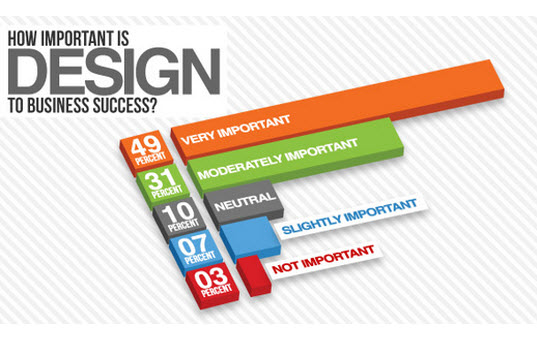Just How Color Psychology Can Influence User Actions On Effects On's On-Line Picture
Just How Color Psychology Can Influence User Actions On Effects On's On-Line Picture
Blog Article
Authored By- ada compliant websites examples
Utilize the power of color psychology in website style to enhance individual engagement and understanding. Shades set off emotions, communicate messages, and influence exactly how individuals interpret your website. They influence habits and decision-making, so choose carefully. Warm hues produce seriousness, while cooler tones induce relaxation. Contrasting colors assist highlight key elements. Shades shape your brand name identity, strengthening recognition and link with your target market. By aligning shades with your brand name values and considering your target audience's choices, you can develop an aesthetically appealing and mentally powerful site. Your web site's color pattern can make a significant difference in how users perceive and engage with your brand name.
Significance of Color Psychology
Understanding the value of shade psychology is vital for producing impactful and appealing website designs that resonate with your target market. Shades have the power to evoke feelings, convey messages, and impact understandings. By tactically selecting the appropriate colors for your web site, you can enhance the general customer experience and leave an enduring impression.
Shade psychology plays a vital duty fit the assumption of your brand. Various shades have distinct associations and significances affixed to them. For instance, blue is frequently related to trust and expertise, while red can evoke sensations of exhilaration or urgency. By lining up the colors on your website with your brand name values and messaging, you can establish a solid visual identification that attracts and keeps users.
Furthermore, shade selections can influence individual actions and decision-making. Studies have revealed that certain colors can affect exactly how users regard details and connect with a web site. By understanding the mental results of colors, you can develop a web site that overviews customers towards specific actions, such as making a purchase or signing up for an e-newsletter.
Impact on User Behavior
Color choices in website design can directly influence exactly how individuals behave and engage with the web content presented. When users go to a web site, the shades used can evoke details emotions and responses that influence their browsing experience. For instance, cozy colors like red and orange can create a sense of seriousness or excitement, motivating users to do something about it quickly. On https://affiliate-marketing-campa06173.blogrelation.com/35925309/wanting-to-boost-your-brand-s-presence-online-unlock-the-key-to-achieving-success-in-digital-marketing-with-professional-solutions-that-can-revolutionize-your-firm , great colors such as blue and environment-friendly often tend to have a relaxing effect, ideal for promoting leisure or trust.
Using contrasting shades can accentuate vital components on a webpage, directing users towards particular locations like switches or calls to activity. Furthermore, a well-thought-out color pattern can enhance readability and navigation, making it much easier for customers to discover details and involve with the web content. By strategically including shades that straighten with your web site's function and target market, you can effectively affect customer habits and improve total communication.
Enhancing Brand Name Identification
To develop a solid and identifiable brand identification via internet site layout, think about how color options can play a crucial function in shaping exactly how customers view and connect with your brand name. Colors stimulate emotions and organizations, making them powerful tools for conveying your brand's worths and personality. Uniformity in color usage throughout your site can help reinforce brand name acknowledgment and produce a natural visual identity.
When selecting colors for your site, think about exactly how various colors line up with your brand name's message. For instance, blue typically signifies trustworthiness and expertise, while environment-friendly can stimulate sensations of development and eco-friendliness. By including these color significances strategically, you can improve your brand's picture and connect with individuals on a subconscious level.
Remember that color psychology isn't one-size-fits-all; it's important to consider your target market's preferences and social differences when selecting shades. By leveraging the psychology of shade in your internet site layout, you can strengthen your brand name identity and leave a lasting impression on site visitors.
Conclusion
As you navigate the vast sea of sites, remember the power of color psychology assisting your every click. Like https://businesspost.ng/general/zoho-unveils-platform-to-improve-digital-marketing-strategies-effectiveness/ with a palette, designers craft on the internet experiences that evoke feelings and shape perceptions.
From soothing blues to dynamic reds, each tone plays an essential duty in recording your interest and influencing your activities. So next time you surf the internet, take a moment to value the virtuosity behind the shades that border you.
